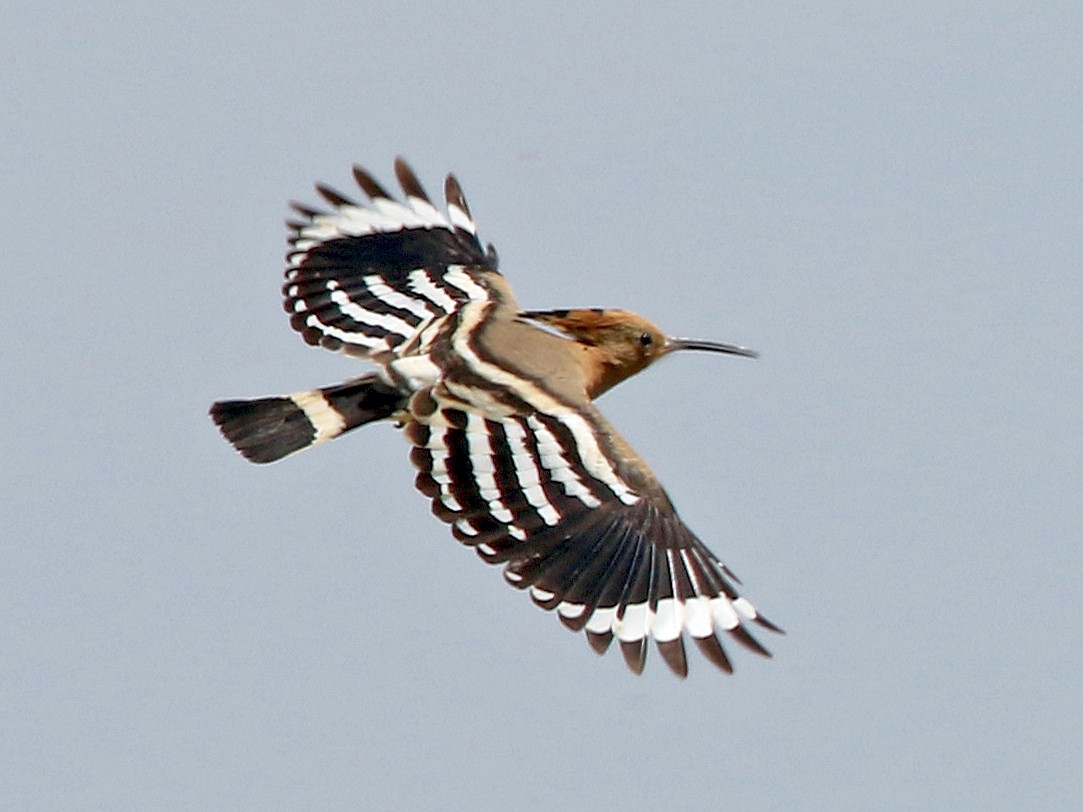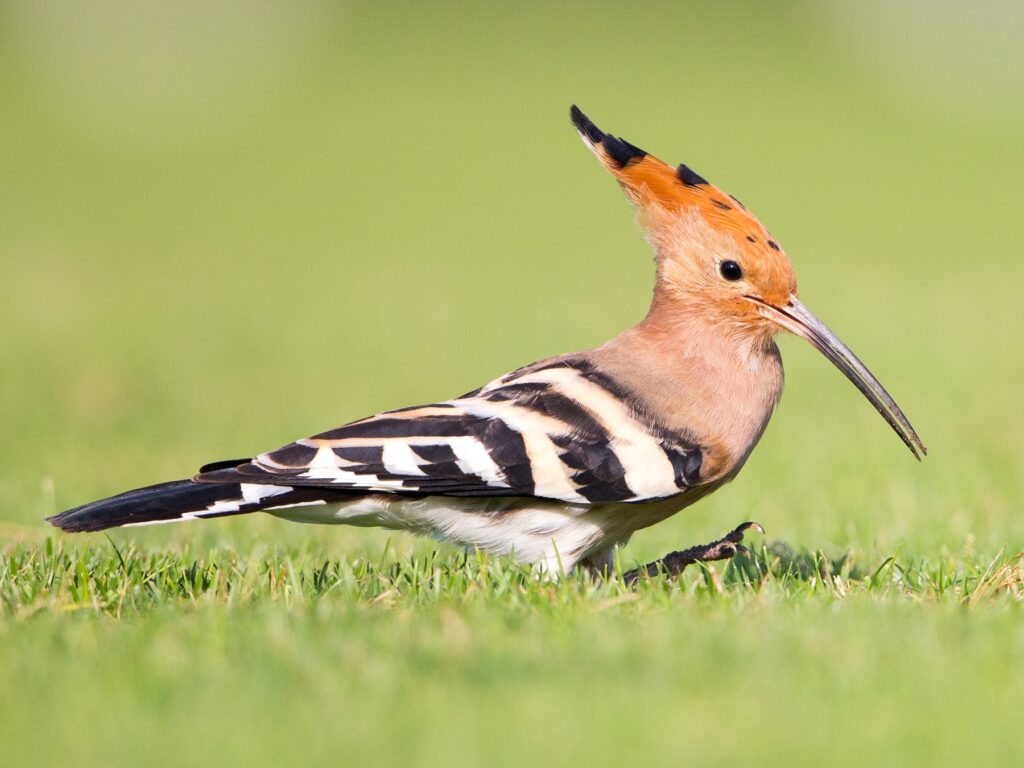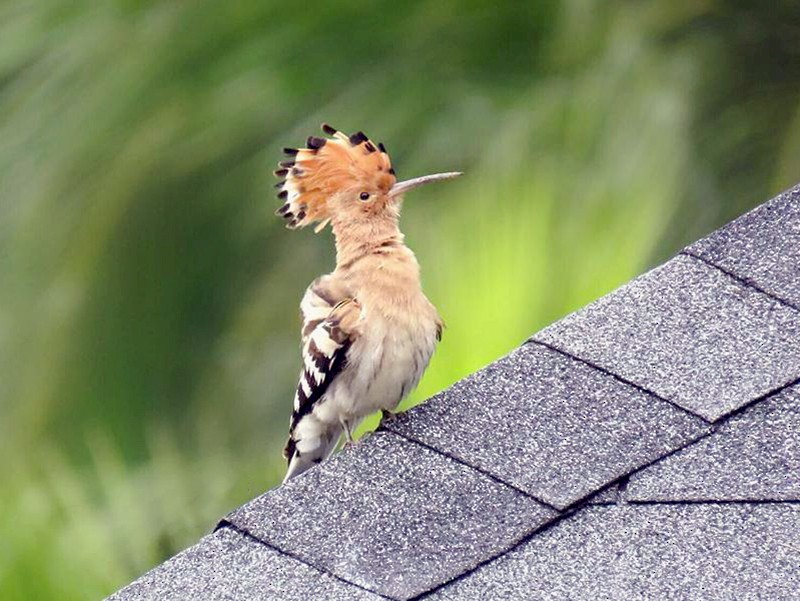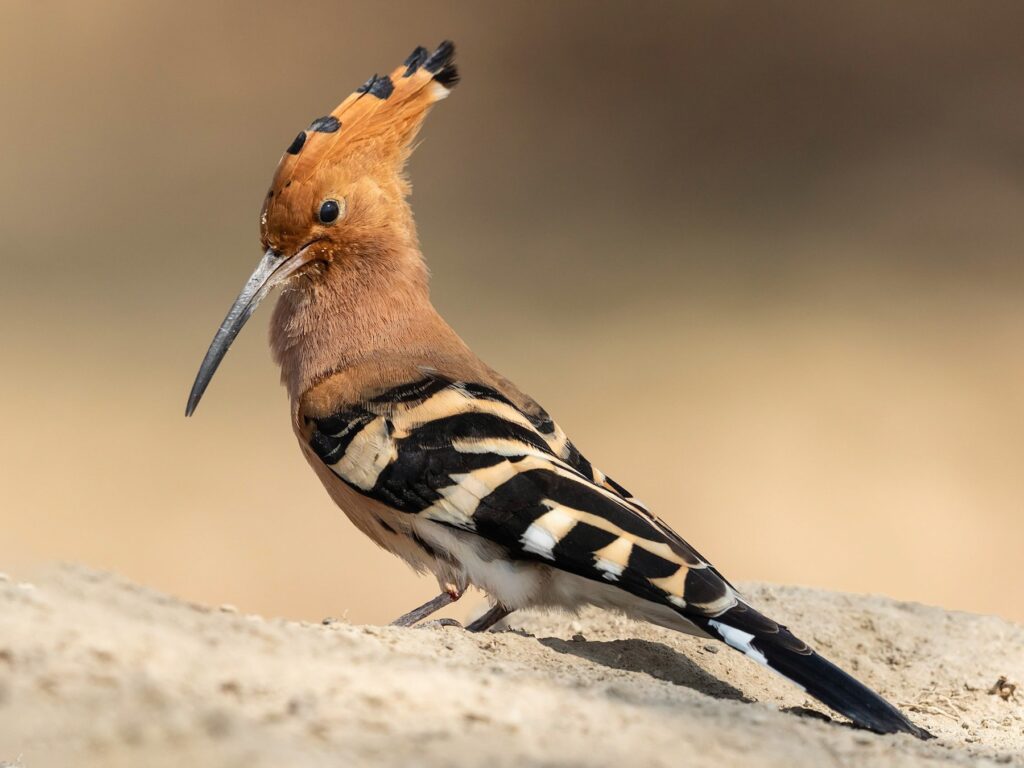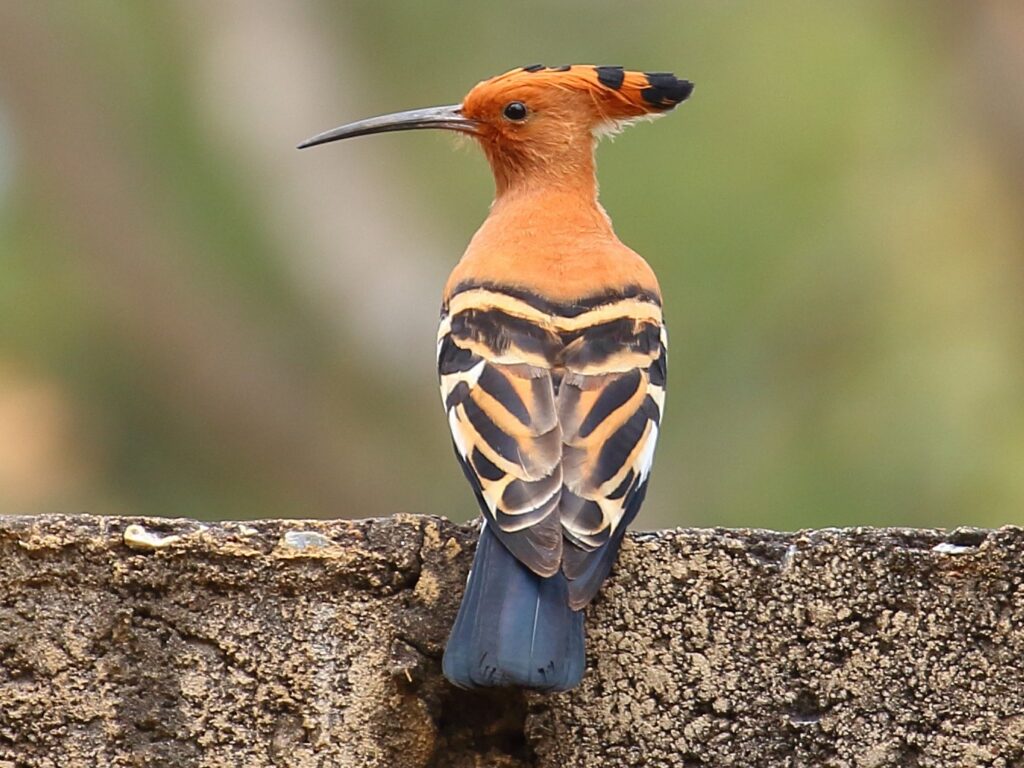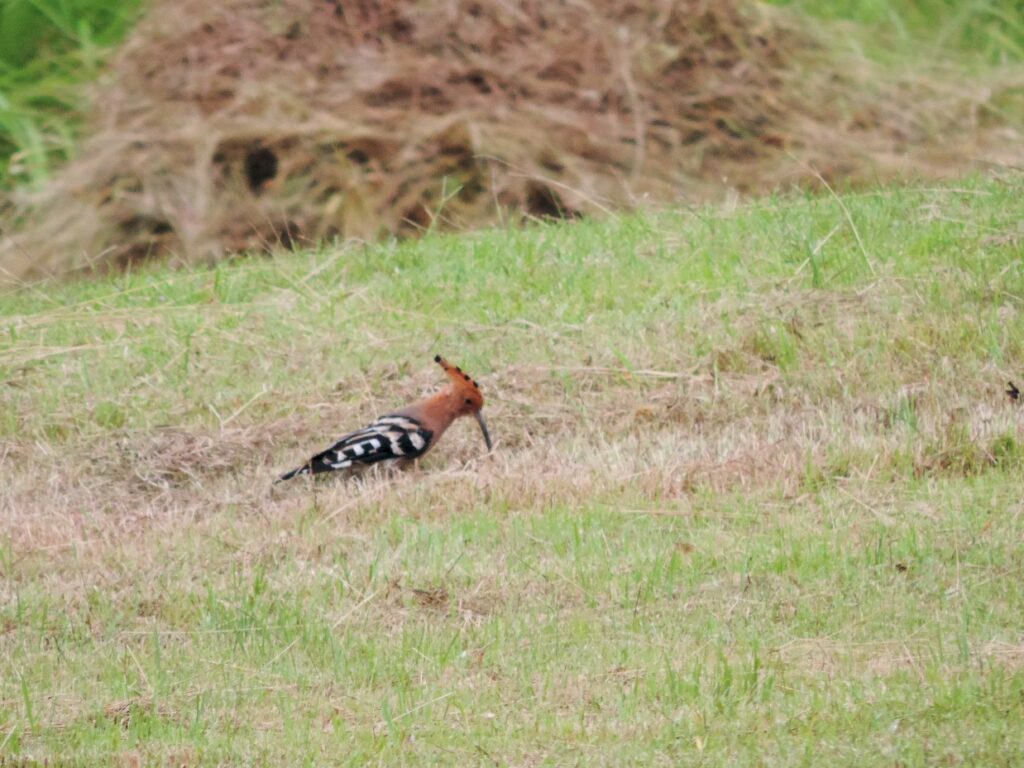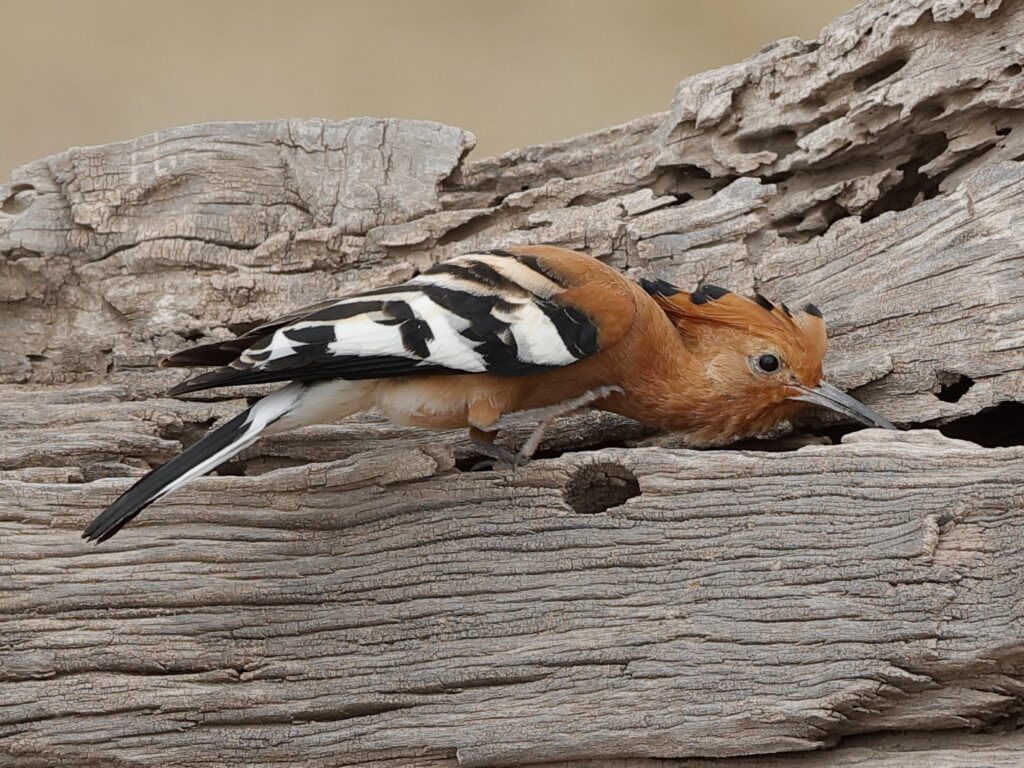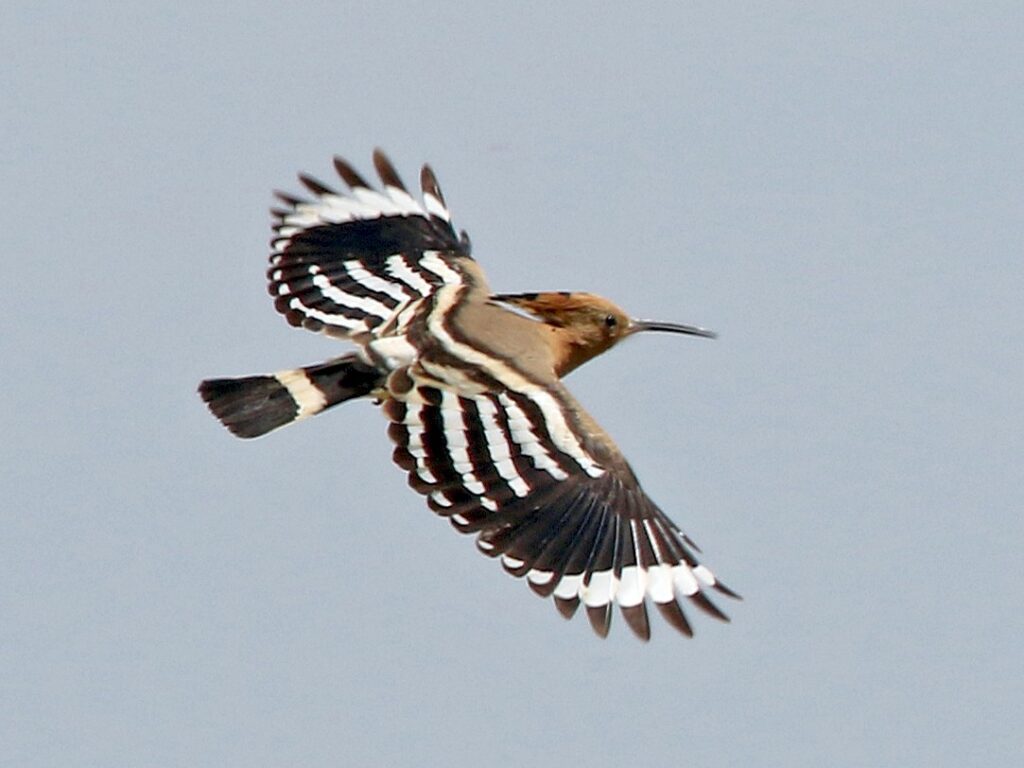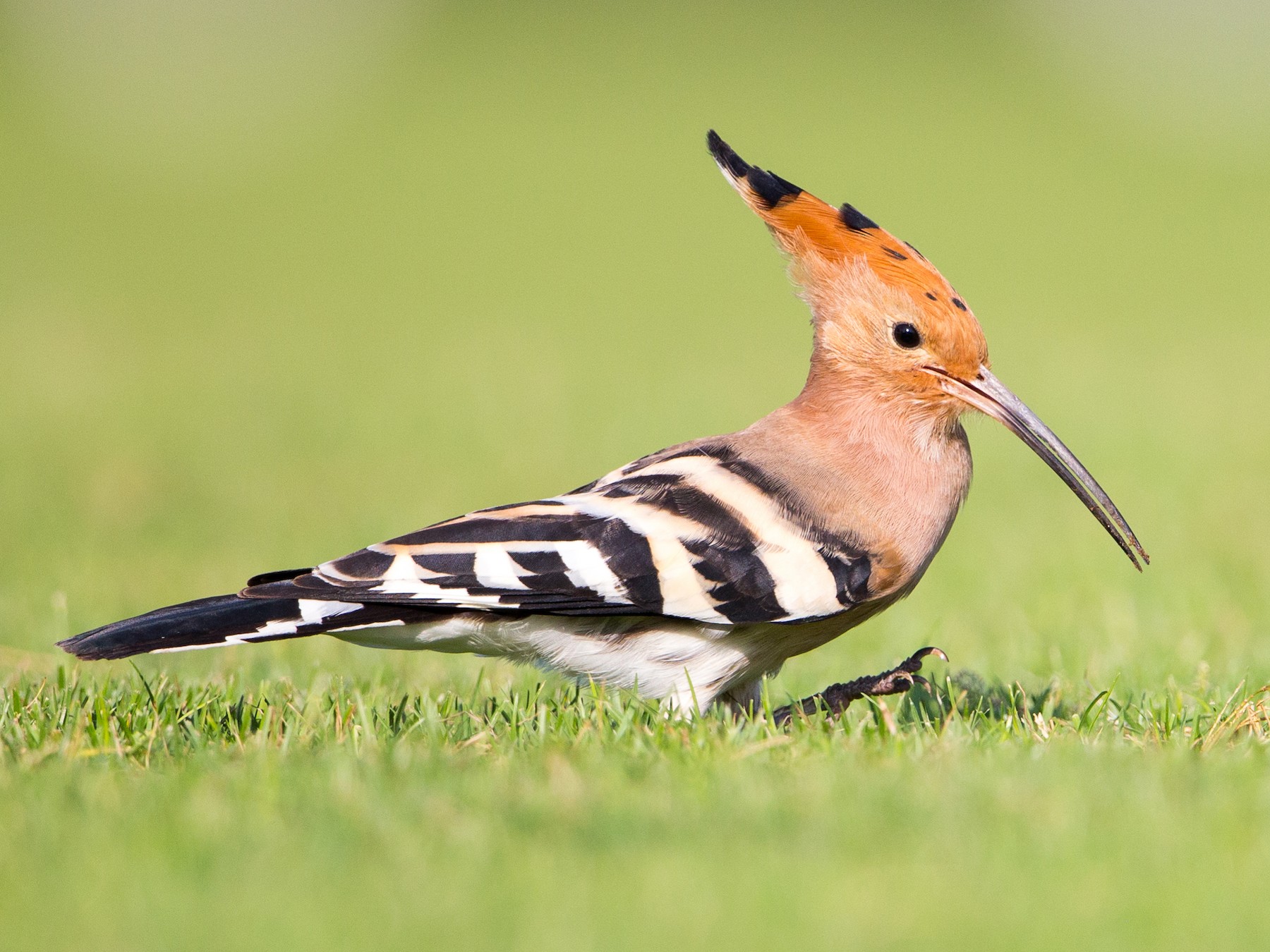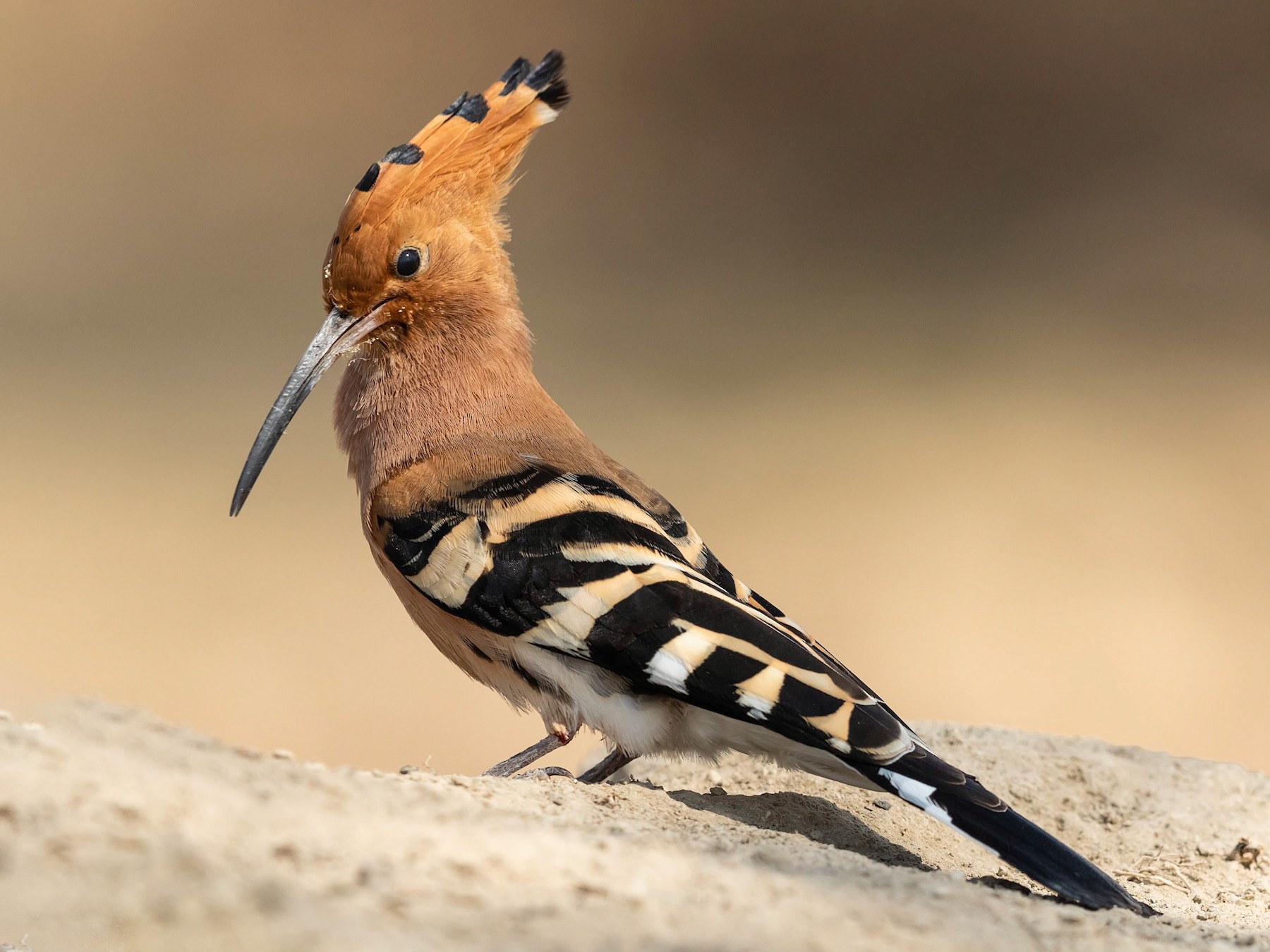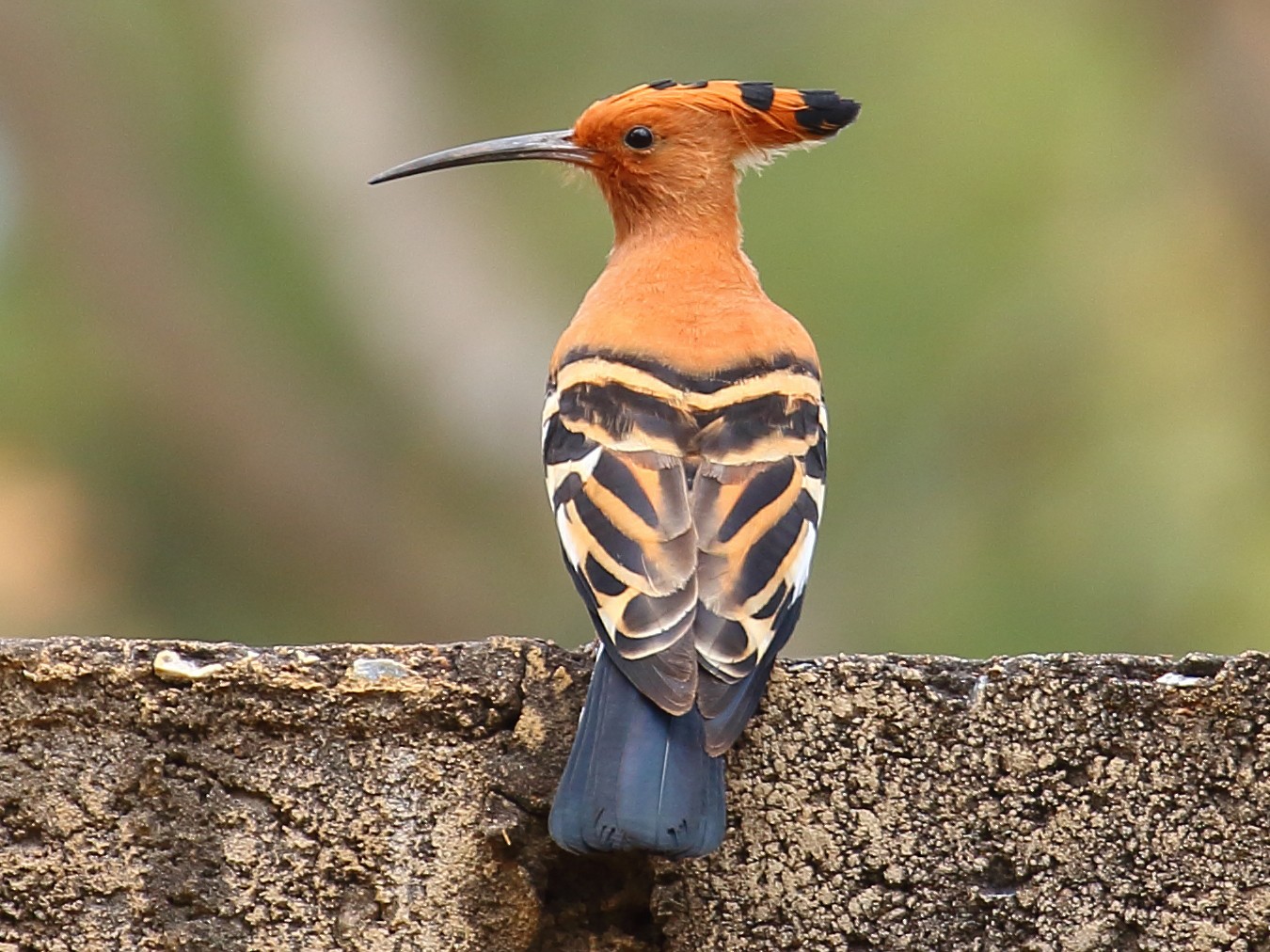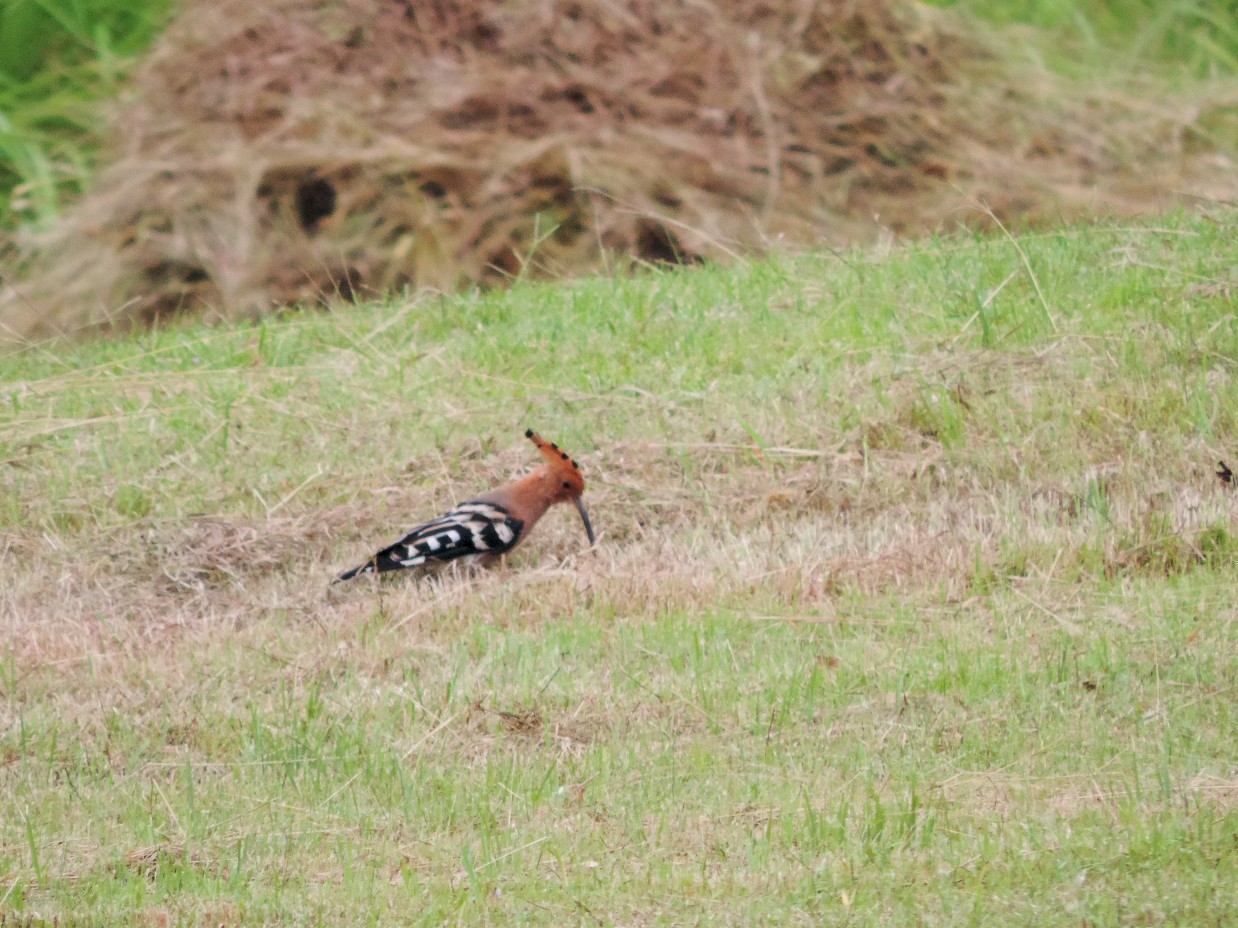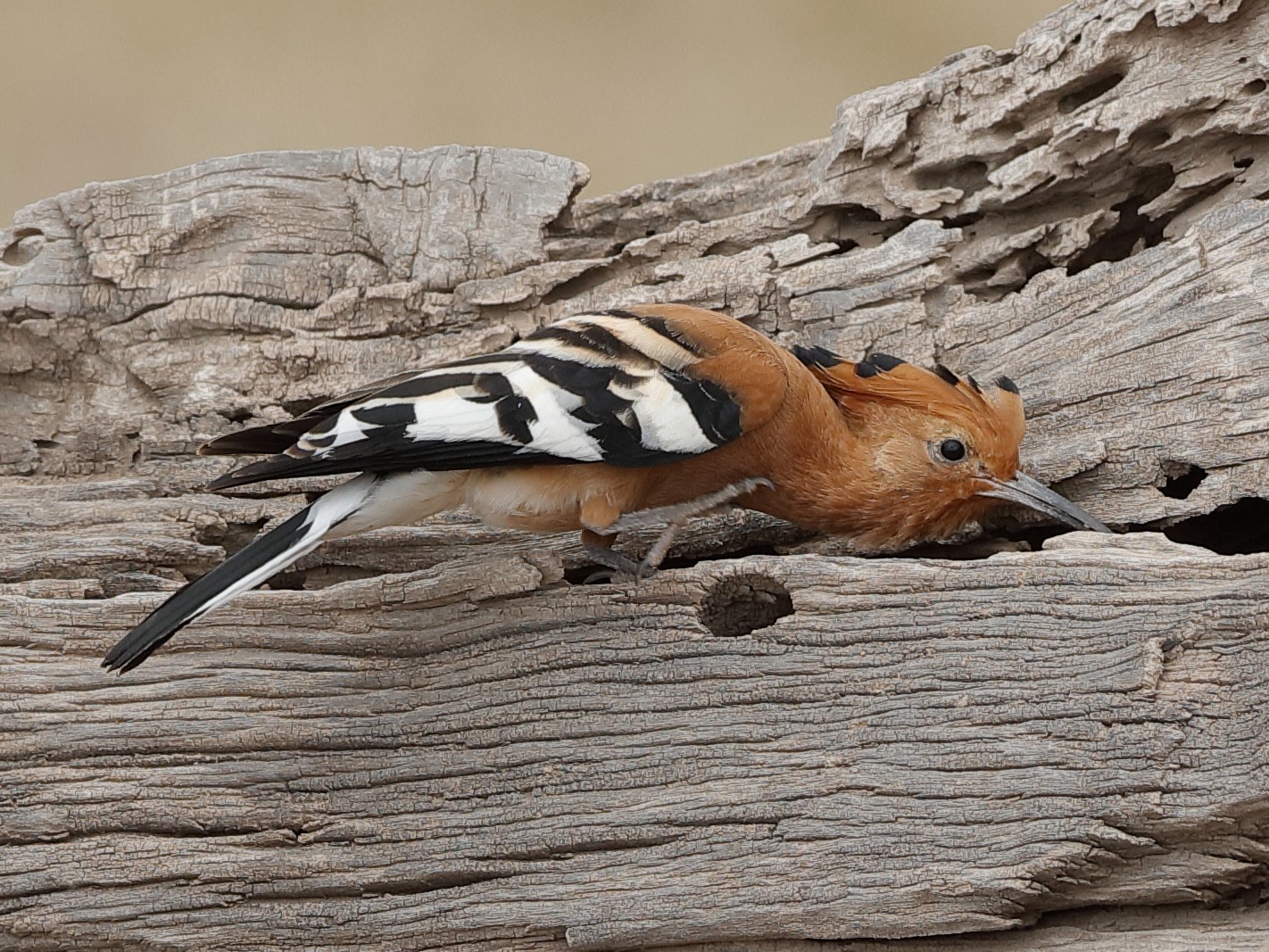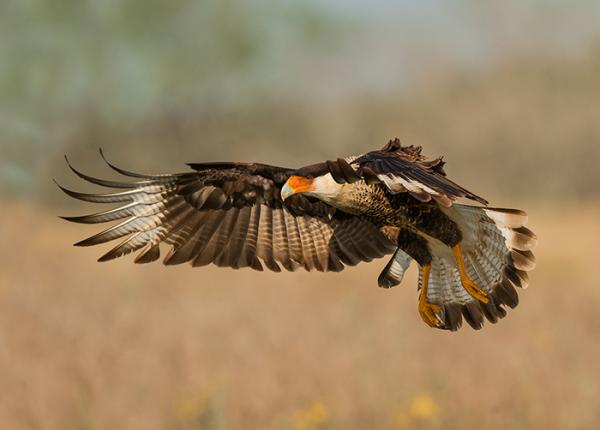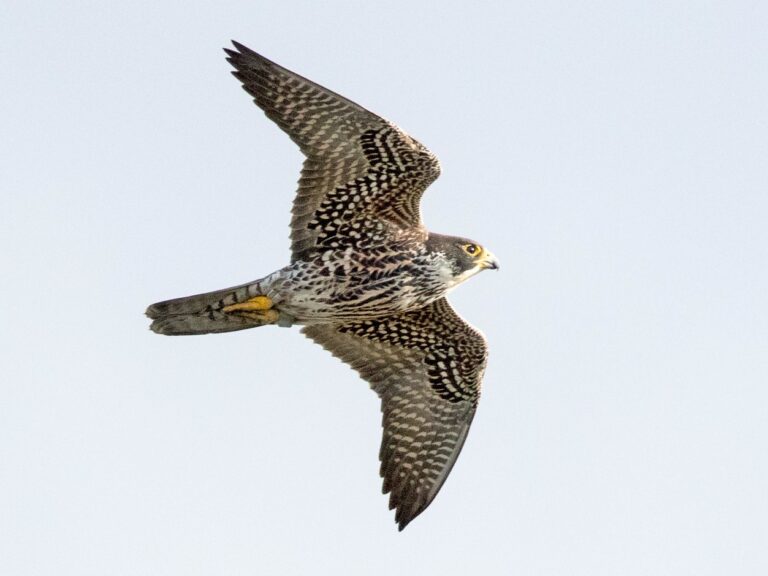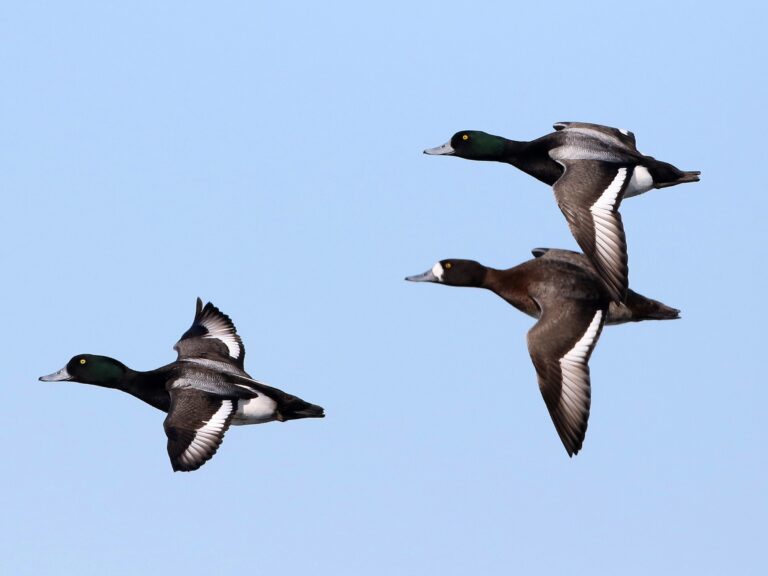Eurasian Hoopoe: The Colorful Bird of Unique Habits and Habitats
The Eurasian Hoopoe stands out for its wild appearance and quirky behaviors. You’ll spot it right away by its long, curved bill and that unforgettable feather crown.
It pops up all over Europe, Asia, and North Africa. This bird adapts to everything from open woodlands to city parks, which probably explains why it’s still thriving.
Eurasian Hoopoes fascinate birders with their odd feeding habits. They mostly eat insects, poking around in the dirt with their specialized bill to find hidden snacks.
Watch them during breeding season and you’ll see some surprisingly elaborate courtship rituals. Their social structure and parenting strategies are honestly pretty complex for such a funky-looking bird.
People are drawn to their wild plumage and the rhythmic sounds they make while hunting for food. There’s something mesmerizing about the way they move and call out.
Key Takeaways
- The Eurasian Hoopoe stands out with its long bill and fancy crown feathers.
- It hunts insects and helps keep pest numbers down.
- This species faces some real challenges, so knowing more about its ecology matters for conservation.
Taxonomy and Classification
If you’re curious about where the Eurasian Hoopoe fits in the bird world, its taxonomy gives you some answers. Knowing its scientific relationships helps you understand what makes this bird so distinct.
Scientific Naming
Scientists call the Eurasian Hoopoe Upupa epops. Carl Linnaeus gave it that name back in 1758.
The genus Upupa comes from Latin and actually mimics the bird’s call. The species name epops comes from ancient Greek, also referring to the hoopoe.
This scientific label puts it in a unique spot among birds, highlighting its quirks and traits.
Family: Upupidae
The Eurasian Hoopoe belongs to the family Upupidae. It’s related to other birds that are just as flashy and odd in their own ways.
Upupidae only has two living genera: Upupa and Neomorpha. Members of this family share those long, curved beaks and the dramatic feather crown.
You’ll find them spread out across Europe, Asia, and North Africa, which shows just how well they handle different environments.
Recognized Subspecies
Upupa epops isn’t just one look—there are several subspecies, each with its own twist on color and size. Some of the main ones:
- Upupa epops epops: You’ll find this one all over Europe.
- Upupa epops major: This subspecies hangs out in North Africa.
- Upupa epops saturata: It lives in parts of Asia, including India.
Each subspecies adapts to its local environment, which keeps the whole species more resilient. If you want to dive deeper, there are plenty of ornithological studies about these subspecies.
Physical Characteristics and Identification
The Eurasian Hoopoe’s appearance really sets it apart. Its wild beak and flashy feathers make it easy to spot, and knowing these details helps birders pick it out in the field.
Distinctive Features
That long, curved beak is the hoopoe’s trademark. It can get up to 4 inches long, perfect for poking into the ground for bugs.
And then there’s the crown—a bunch of feathers on its head that it can raise or lower. When it fans them out, it’s hard to look away.
Coloration and Markings
The main body is a warm, reddish-brown, but the wings steal the show with bold black-and-white stripes. When the bird takes off, those contrasting colors really pop.
Underneath, the hoopoe is paler, making it blend in with dry grass or dirt. There’s also a black line from the bill to the eye, which just adds to its unique look.
How to Identify in the Field
If you want to find a Eurasian Hoopoe, look for that curved beak first. No other bird in its range really has one quite like it.
The wings, with their black and white pattern, are another giveaway. When the bird is on the ground, you’ll see it walking around, poking at the earth for food—pretty distinctive behavior.
Get familiar with these features and you’ll have no trouble picking out a hoopoe, whether you’re in a forest or just a city park.
Distribution and Habitat
The Eurasian Hoopoe pops up in all sorts of places—Europe, Asia, and Africa. It’s not picky, but it does have some favorite hangouts.
Geographic Range
You’ll see Eurasian Hoopoes all over Europe, Asia, and northern Africa. Spain has a lot of them, but they’re scattered through plenty of other countries too.
In India, they show up but aren’t as common. Their range stretches from southern Europe to India and the Middle East. These birds move around as the seasons change and food sources shift.
Preferred Habitats
Hoopoes like open, dry areas—think farmland, gardens, parks, and savannas. Farms are great because there’s always something to eat.
They also like a few trees or shrubs nearby for nesting and hiding from predators. This mix of open ground and a bit of cover seems to be just right for them.
Behaviour and Ecology
The Eurasian Hoopoe acts in ways that are both practical and a little weird. If you watch them long enough, you start to appreciate their routines, calls, and social habits.
Daily Activity and Social Structure
Most of the time, Eurasian Hoopoes forage alone, poking through the dirt and leaves for bugs. They use their long beak to dig around, especially in the early morning and late afternoon, dodging the midday heat.
During breeding season, though, they get a bit more social. They show off for mates and stake out territories. Once the chicks hatch, parents often feed alongside the young, showing them the ropes.
Vocalizations and Call
You can’t miss their call—it’s a series of “hoo-hoo” notes that echo through the air. These sounds help them find mates or warn other birds of danger.
The calls change depending on what’s going on. Males might call more during courtship, and the sound can even tell you something about the bird’s health.
All this communication helps hoopoes keep things running smoothly in their social circles. If you’re interested, there are some neat studies out there about what their calls mean.
Diet and Feeding Habits
The Eurasian Hoopoe eats a mixed diet, but insects are definitely at the top of the menu. What they eat and how they hunt says a lot about their place in the ecosystem.
Primary Food Sources
Hoopoes go for all kinds of insects. Some of their favorites:
- Grasshoppers
- Beetles
- Ants
- Termites
- Frogs
They usually hunt in open spots like grasslands, gardens, and farm fields. Sometimes they’ll even eat frogs, which is kind of impressive for a bird their size.
This flexibility means they can always find something to eat, no matter the season. Studies show their diet shifts with what’s available—check out this one about their nestling diet if you’re curious.
Foraging Techniques
When they hunt, hoopoes use several tricks. They forage on the ground, sifting through soil, leaves, and grass.
- Proboscis probing: Their long bill lets them dig deep for bugs and larvae.
- Vision: They’ve got sharp eyes for spotting movement in the grass.
- Listening: They can even hear insects moving underground.
These foraging skills let them thrive in lots of different places. If you want more detail, here’s a study on their foraging that’s worth a look.
Breeding and Reproduction
The Eurasian Hoopoe’s approach to breeding and raising chicks is full of surprises. Their parenting style and defense tactics make a real difference for their young.
Nesting Behavior
Eurasian Hoopoes usually pick tree cavities for their nests, though sometimes they’ll settle for buildings, big shrubs, or even holes in the ground. These nesting spots often smell pretty bad, which actually helps keep some predators away.
The female lays anywhere from 3 to 10 eggs. Incubation takes about 15 days, which honestly feels quick for such a colorful bird.
Both parents jump in to help with guarding the nest and bringing food. You’ll see them working together, always on alert.
Inside, the nest gets lined with feathers and bits of plants, making it as cozy as possible. When the chicks hatch, they’re helpless and totally rely on their parents for everything.
If a nest works out well one year, hoopoes might come back and use it again. Makes sense—why fix what isn’t broken?
Parental Care and Threats
Mom and dad both pitch in to feed and protect the chicks. They mostly hunt insects, which are perfect for hungry, growing babies.
The greater spotted eagle is a real danger to hoopoe nests. Adults sometimes get pretty aggressive, chasing off anything that gets too close.
Habitat loss is another headache—urban sprawl means fewer good nesting spots. As cities spread, the birds have to work harder to find safe places to raise their young.
If you want to dig deeper into how they manage to keep their chicks safe, check out this detailed study on their breeding success.
Frequently Asked Questions
The Eurasian hoopoe is a fascinating bird that honestly leaves people with a lot of questions. Its weird calls, broad range, and striking looks just seem to grab attention from birders and researchers alike.
What distinct sound does the Eurasian hoopoe make?
The Eurasian hoopoe gives a “hoo-hoo” call, a pretty rhythmic little tune. They use it to talk to each other during mating season and to mark out their territory.
How can one correctly pronounce the name of the Eurasian hoopoe?
Say it like “yoo-ray-zhun hoo-poe.” Put the stress at the start of each word, and “hoopoe” just sounds like “hoo-poe.”
What areas are included within the range of the Eurasian hoopoe?
You’ll find Eurasian hoopoes all over Europe, Asia, and North Africa. They seem to prefer open spaces—fields, gardens, parks—and they’re not shy about living near people.
What are the size dimensions of the Eurasian hoopoe?
These birds usually measure between 25 and 32 centimeters long. Their wingspan stretches from 44 up to 48 centimeters, so they’re not tiny but not huge either.
Can the Eurasian hoopoe be classified as a member of the woodpecker family?
Nope, hoopoes aren’t woodpeckers. They belong to their own family, Upupidae, totally separate from woodpeckers, even if they both like poking around trees.
What are the distinguishing characteristics between male and female Eurasian hoopoes?
Male and female Eurasian hoopoes look a lot alike, but males usually grow a bit larger. Both show off the same bold plumage, with that famous feather crown and those long, curved bills.
